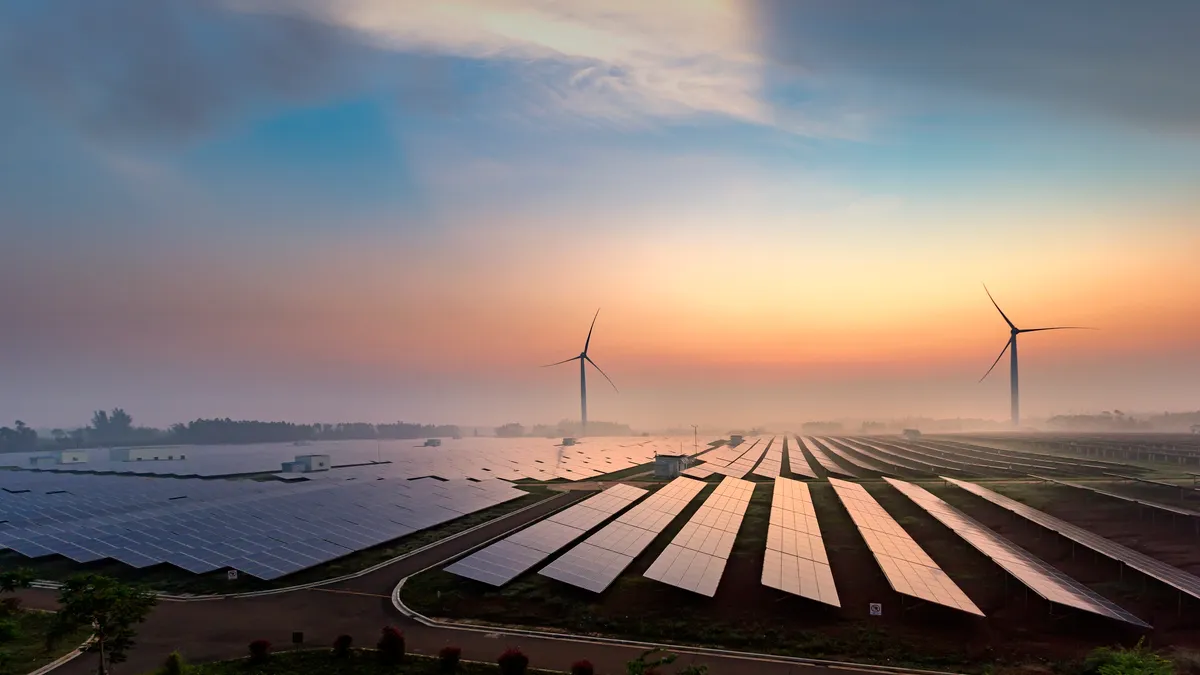While modeling by the National Renewable Energy Laboratory indicates U.S. power sector carbon emissions are set to plunge, it also shows a rise in gas-fired capacity through 2050.
In a “mid-case” scenario tied to existing policies, U.S. gas-fired capacity increases by 200 GW through 2050, National Renewable Energy Laboratory researchers said in a report released Tuesday. And, even when cutting carbon emissions by 95%, gas-fired capacity would grow by 130 GW by mid-century, according to the modeling.
“We will continue to use fossil fuels during times of critical demand to provide grid resilience and reliability,” NREL said.
Coal without carbon capture declines significantly through the 2020s, but persists at low levels through 2050 in the scenarios without national carbon emissions constraints, NREL said in its annual Standard Scenarios report, which examined 53 power sector scenarios.
Fossil-fueled power plants without carbon capture equipment would produce 14% of U.S. electricity by 2050, but account for 47% of total U.S. capacity under the mid-case scenario, which is based on existing policies and assumes a 1.8% annual electric demand growth rate.
The mid-case modeling shows U.S. solar capacity soaring to 1,090 GW and wind capacity jumping to 770 GW by 2050, or about tens times and five times more than existing capacity, respectively.
Under the mid-case modeling, the cost of reaching 95% net decarbonization by 2050 would increase present-value bulk electric sector costs by 0.5%, according to the report. Complete net power sector decarbonization by 2035 increases costs by 14%, the NREL researchers said.
NREL’s modeling shows power sector carbon emissions decreasing sharply through the 2030s. Annual power sector carbon emissions fall 81% below 2005 levels in 2035 in the mid-case scenario, and 71% to 86% across all scenarios with current policies, NREL said.
In a change from last year’s report, NREL’s modeling found that the Inflation Reduction Act’s clean energy tax credits would keep running to 2050 under most scenarios because the U.S. wouldn’t reduce its carbon emissions below the law’s threshold for triggering an end to the tax credits.
“The difference [from the 2022 report] is driven primarily by greater demand growth as well as higher costs of connecting renewable generators to the electric grid,” NREL said.
NREL found that emerging technologies — such as natural gas with carbon capture and storage, hydrogen combustion turbines and small modular nuclear reactors — are built in the mid-case scenario, but they would produce at most 1% of total annual generation and 3% of firm capacity under current policies.
The open source scenarios report can be used by policymakers and others to understand the direction the power sector may be heading, according to NREL.
NREL researchers use the Regional Energy Deployment System model to forecast the power sector’s evolution for the contiguous United States using a system-wide, least-cost approach subject to policy and operational constraints, NREL said in the report.
NREL’s models are designed to capture unique traits of renewable energy technologies, according to the report. “We aim to accurately capture issues related to renewable energy integration, including capacity adequacy and interactions of curtailment and storage on investment decisions,” the NREL researchers said.















